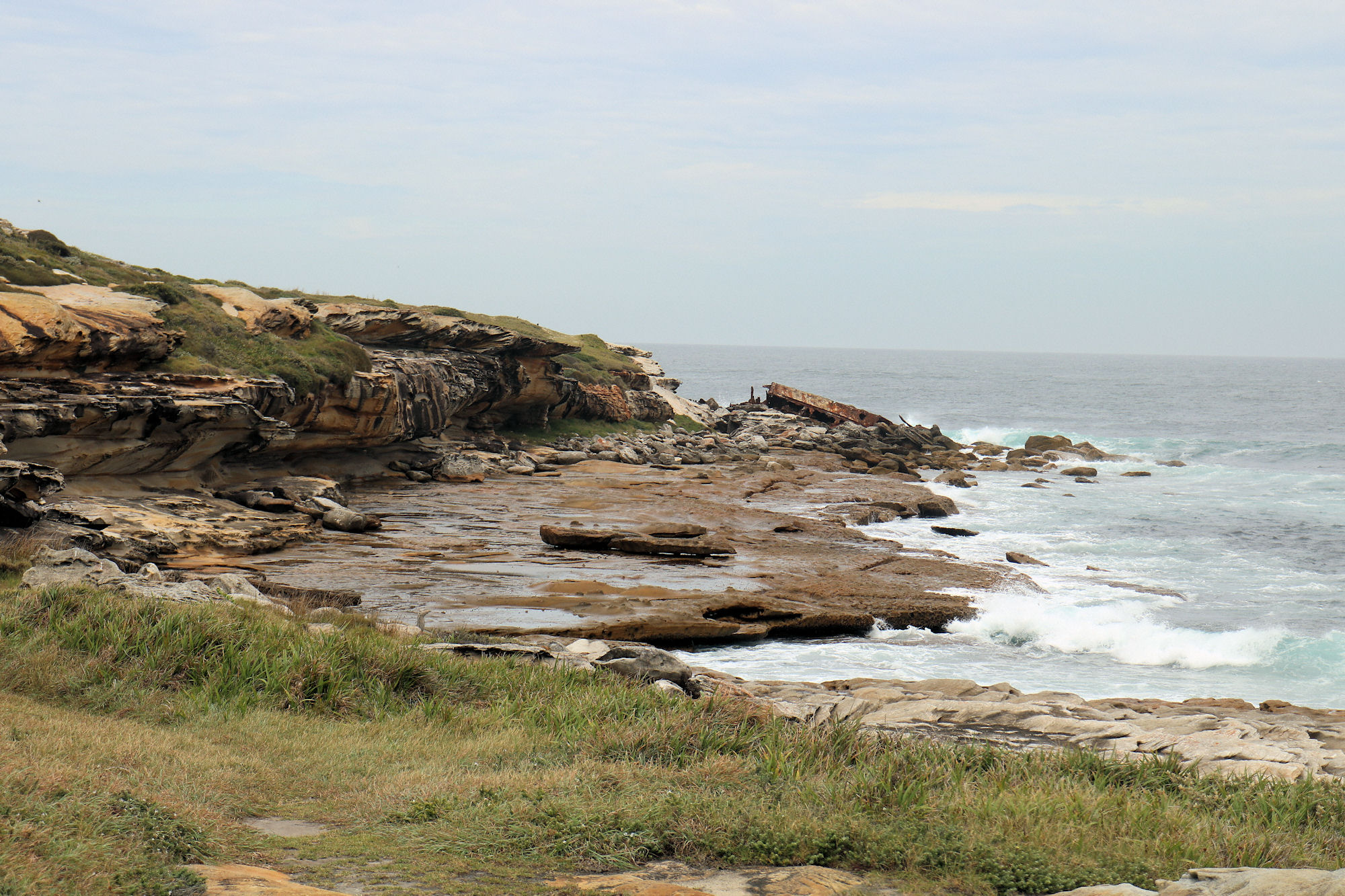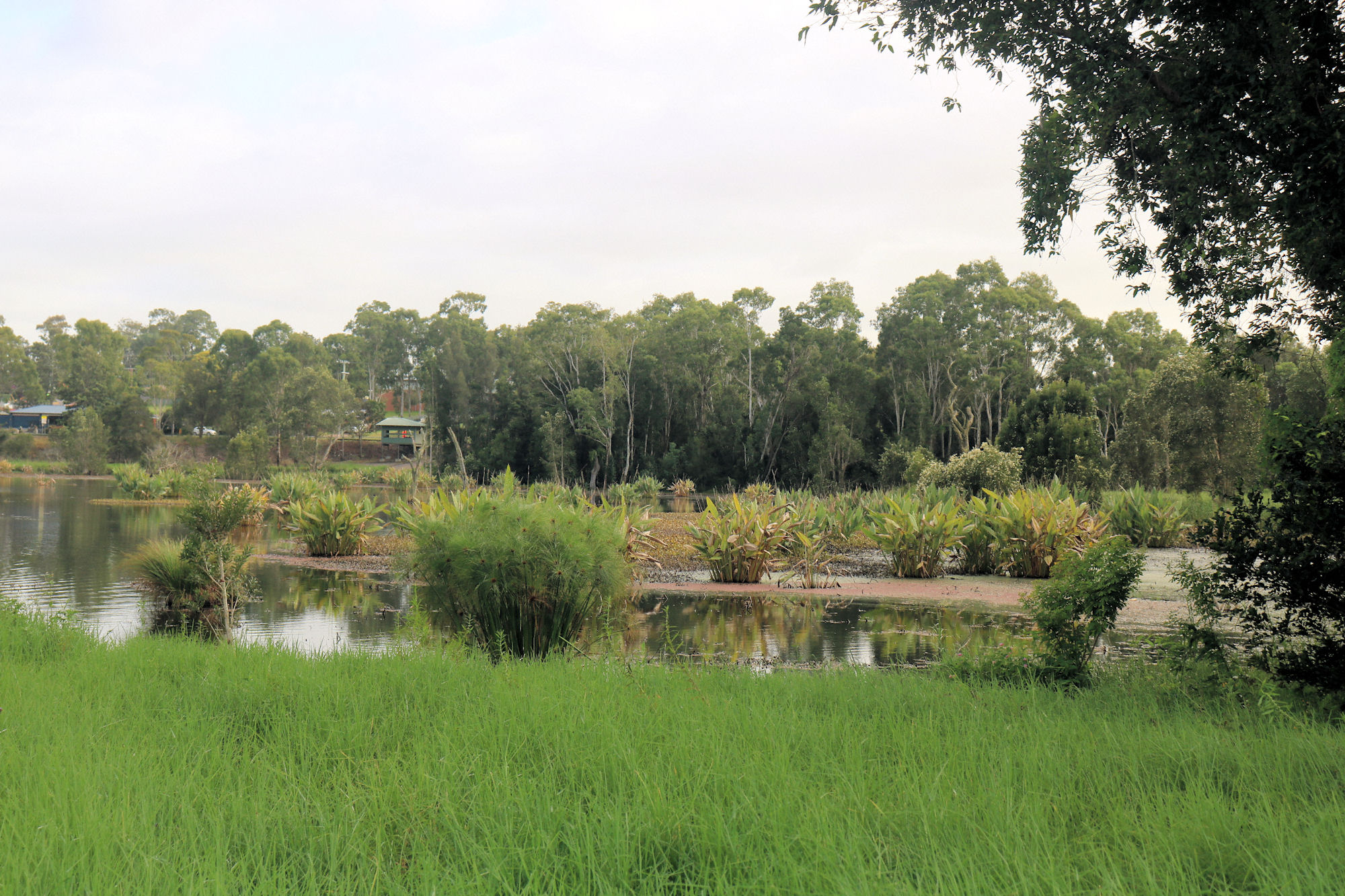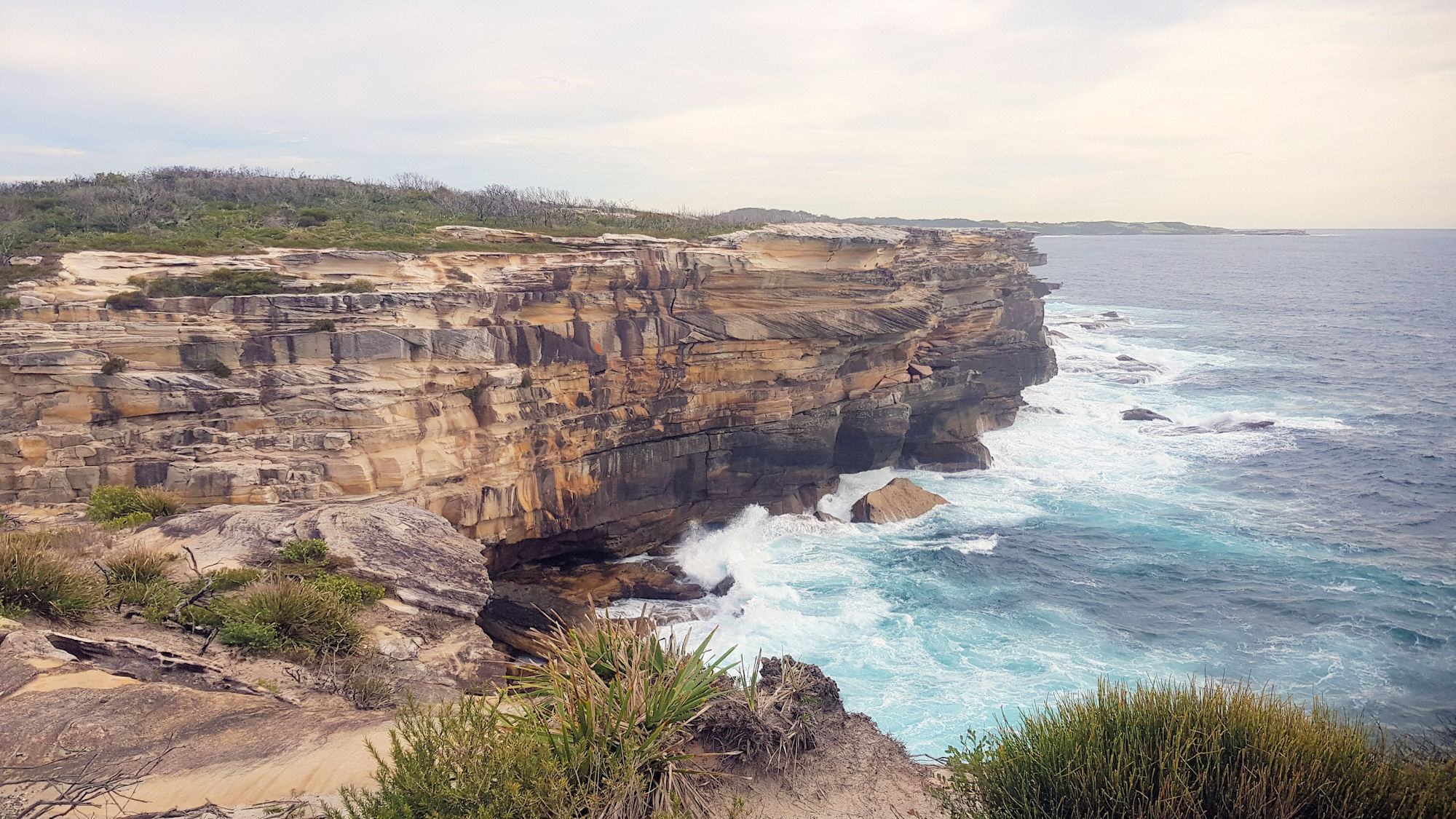Tag: Bush Walking
-
Cape Banks Botany Bay National Park

Cape Banks Getting There We drove to Cape Banks and parked near the pistol club and helicopter base. This large car park has plenty of space, so parking shouldn’t be a problem. Cape Banks Walking Track The Cape Banks Walking track runs past the Westpac Lifesaver Helicopter Base towards the coast. On the way you… Read more
-
Seaham Swamp Nature Reserve

Seaham Swamp Nature Reserve Managed by the NSW National Parks and Wildlife Service, the Seaham Swamp Nature Reserve, is a small, but important park. Located 40km north of Newcastle, it contains colonial heritage and an important bird habitat. We parked in a car park near St. Andrew’s Church, which let us walk to Tom’s Cottage… Read more
-
Cape Baily Track Kamay Botany Bay

Cape Baily Track Kamay Bay National Park Getting There Located in Kamay Botany Bay National Park, the Cape Baily Track winds along coastal cliffs with amazing ocean views. The track starts at the end of the park’s road, past Cape Solander. A car park next to a helicopter landing pad provides easy access to the… Read more